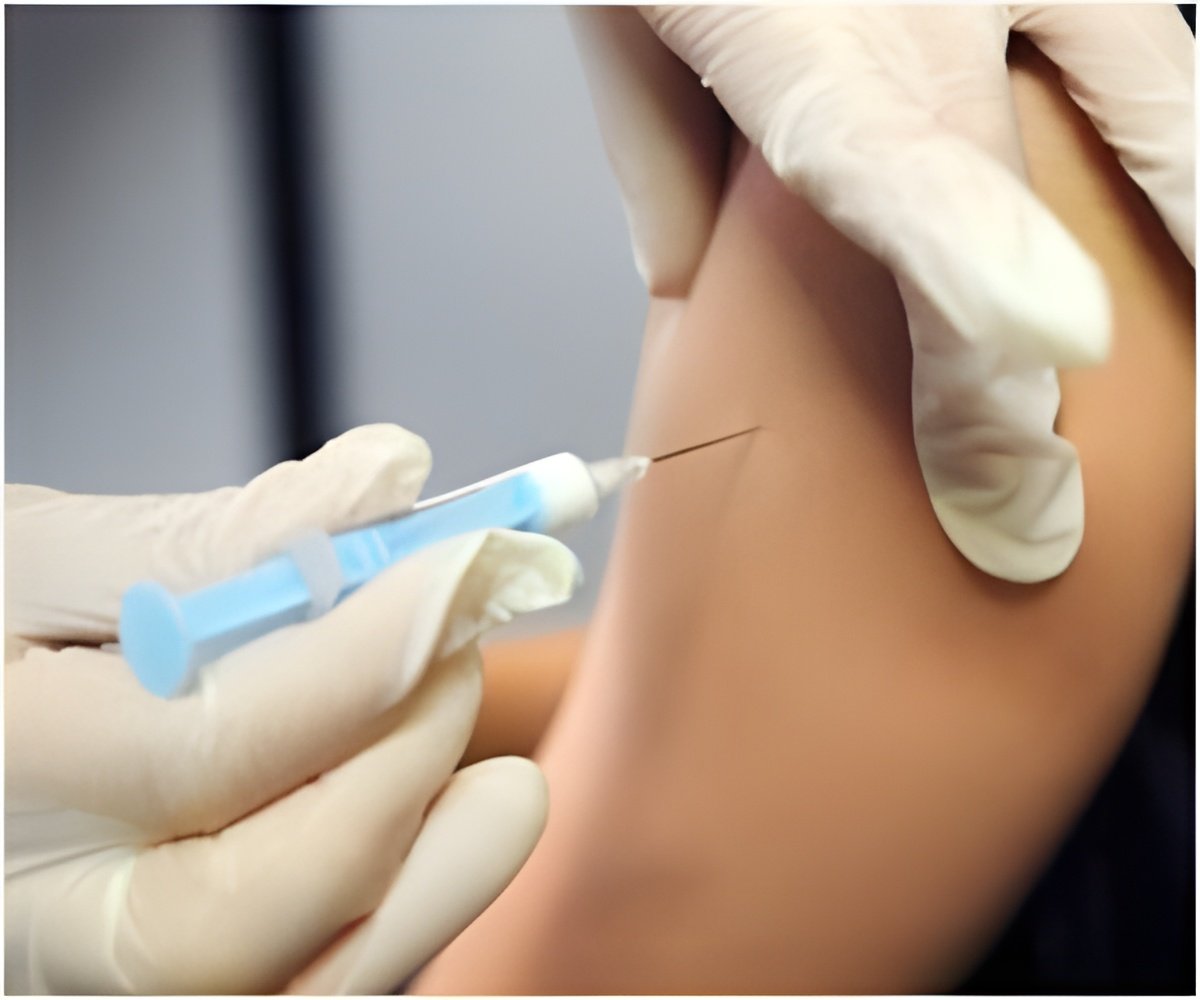
Leishmaniasis is one of the main health problems existing at global scale. It is produced by the protozoan Leishmania infantum, and canines, which can also be infected with the disease, are the main reservoirs of the organism. The disease is transmitted by insects from the Phlebotominae subfamily (sandflies), which are very similar to mosquitos. Clinical manifestations can go anywhere from minor skin sores to organ complications and, in the worst cases, death. The disease causes 70,000 deaths a year, mainly in developing countries, and affects over 12 million people around the world. Some 1.5 to 2 million new cases appear each year and an additional 350 million people are at risk of contracting the disease. Leishmaniasis is considered an endemic disease in parts of Asia, Africa, southern Europe, Mexico, Central America and South America. With the AIDS epidemic, leishmaniasis in humans has reactivated in many countries. Current treatments are unsatisfactory and, even though the most reasonable via to fight the disease would be to obtain an efficient vaccine, conventional vaccines until now have failed.
The research team led by the UAB compared the results of applying different vaccine strategies to the best animal model in which to study the human variant of the disease: the golden hamster. The results show that the most effective strategy is a combination of two vaccines created by the researchers: three doses of DNA with genes from the L. infantum and two doses of proteins coded by these genes.
The protein vaccine can be obtained at a low cost thanks to the use of insect larvae. To create the vaccine scientists isolated protozoan genes, inserted them into a virus which affects insects (baculovirus) and used these to infect larvae of a small worm, the cabbage looper (Trichoplusia ni). The larvae act as bioreactors and produce in large amounts – and at a much lower cost than conventional reactors based on microorganisms – the proteins which code these genes, and which are responsible for a protective response in vaccinated individuals. Using this method, a DNA vaccine can be manufactured with the protozoan protein coding genes, and a second vaccine with proteins associated with these genes (produced at a low cost using insect larvae), with the aim of increasing its effectiveness. This vaccine strategy can be used both in a preventive and a therapeutic manner, in both humans and dogs. Presently, the possibility of a translational phase is being contemplated with the aim of transferring as quickly as possible the results of this basic research to clinical practices, and of increasing the efficacy even more by using drugs to boost the immune response.
Source-Eurekalert










